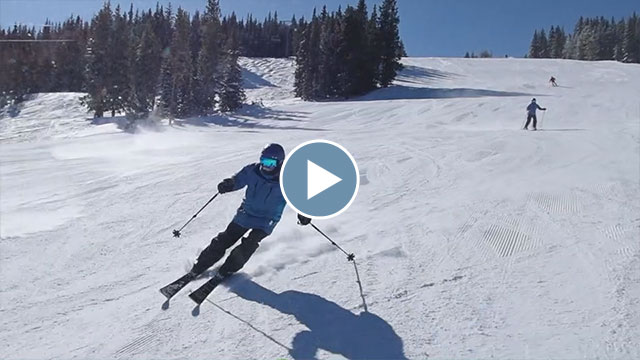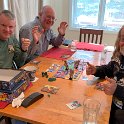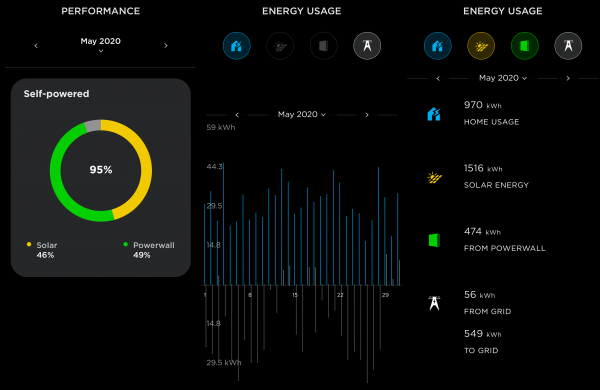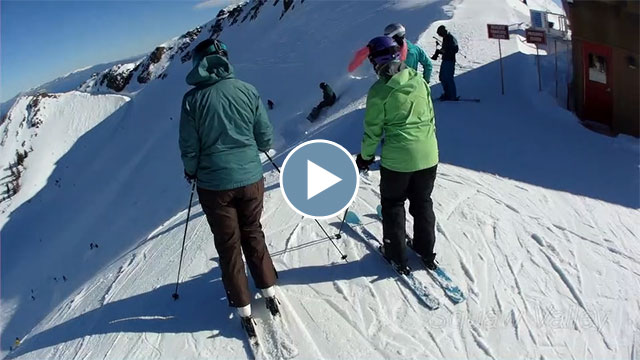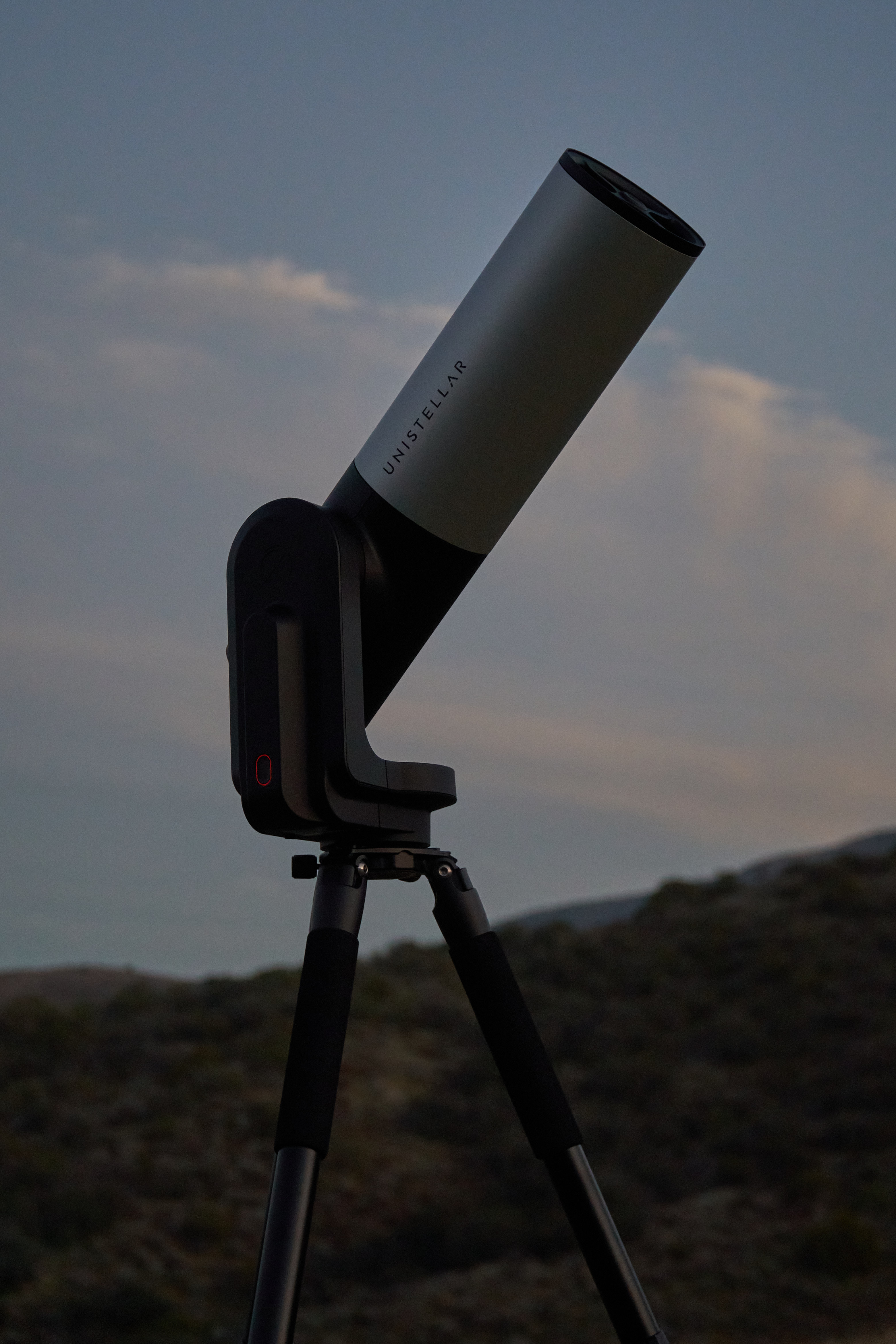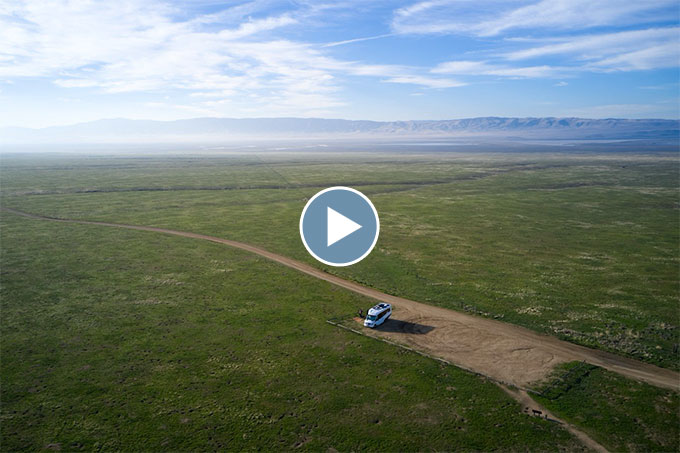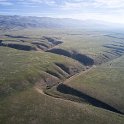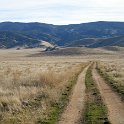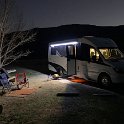This year, Jon, Bill, Kat, Jim, Stan and I hit up Beaver Creek and Vail in Colorado for our annual week of skiing and board gaming. We started off the week with the remnants of a heavy snow storm (as in heavy, wet snow) for a rough first day full of new and old moguls. It was also pretty cold with highs in the teens. As the following day promised to be much colder, we all sheltered indoors for a day of gaming including Sushi Go Party, Chinatown, Bang!, King of New York, Instinct, Cheaty Mages, For Sale, and the card game version of Shadows over Camelot. The following days turned warmer and even sunny and blue skies at times so we were happy to venture out and explore the slopes again.
Year: 2020
Tesla Powerwalls Installed
 My two Tesla Powerwall 2‘s were installed last week and now I’m running on my own solar-generated power after dark!
My two Tesla Powerwall 2‘s were installed last week and now I’m running on my own solar-generated power after dark!
You see, Powerwalls not only keep the lights on when the power goes out but they also let you automatically time shift energy daily to avoid using power from the grid at peak demand times – not something you get from a traditional backup generator. Plus they don’t need any maintenance or fuel.
And yes, this does mean that now I will still have power for the whole house and, most importantly, running water the next time PG&E needs to shut down the power grid for fire safety. Yay!
Avoiding Peak Demand Usage
It used to be that daily peak energy demand occurred through the mid to late afternoons but with the widespread adoption and installation of solar photovoltaic panels, that afternoon demand has evaporated and the peak demand now comes in the evenings. As a result, power companies have been adjusting their rate schedules to reflect that, with the highest cost of energy running well after dark to 8 and 9 pm.
With battery storage, you not only get backup power for the whole house in the case of outages, but you can also automatically store energy generated during low demand periods of the day (including from your own solar panels) and automatically use that stored energy during the later peak hours, even after the sun goes down. This means that your existing solar PV system ends up being even more effective and cost-efficient.
Time-shifting energy usage with battery storage works so well that Tesla and other companies have been actively deploying massive, utility level battery storage systems around the world, in place of traditional, expensive peaker plants. (Peaker plants are power plants whose primary purpose is to cover periods of high demand.)
Powerwall Configuration Options
I really like the Tesla app for configuring and monitoring your Powerwall and, if present, your solar PV system. It continually displays the flow of power between your home, Powerwalls, solar panels and the power grid – in real time.
You can specify to keep the system in a “backup only” mode (keeping the batteries fully charged at all times), in a “self-powered” mode (where it stores any excess solar generated and uses it to power the home as much as possible each day), or in one of two time-based control modes where it forecasts your future energy usage and time-shifts your energy use and solar production to fit the peak, off-peak and shoulder periods of your particular electricity rate schedule. And all of these modes operate under a “storm watch” feature that will automatically override the normal behavior of the Powerwall to prepare for forecasted storms or other events that may result in an outage. All very cool!
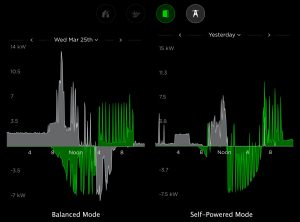
I tried running in the “balanced” time-based mode for most of March but then switched to “self-powered” mode because, during the non-summer months (October – April), there is no peak rate and the difference between partial-peak and non-peak is only a couple of cents. In “balanced” mode, the system would make a point of exporting any excess solar generation during the partial-peak period for credit rather than continuing to charge the Powerwalls. This would mean it would be more likely to need grid power overnight. Now in “self-powered” mode, the Powerwalls are charged more and usually able to handle the entire house load overnight – depending on the weather (solar production and house heating need).
Update (June 2020): Well, it’s not even summer yet and the Powerwalls are already letting the house run completely self-powered most days. And by “house” I mean everything (central heating, water heater, cooktop/oven, washer/dryer, well & pressure pumps, septic system pumps) plus the cars (we’re both driving electric). There were a couple of days that were a bit stormy and cold enough to want to heat the house and a couple days of heavier charging of one of the cars, but every other day required no power from the grid (day or night) – and yet the system still exported plenty of excess solar generation by the end of the day. Having a couple of Powerwalls really does sort of double how much you get out of your existing solar panels. (I’ve got a 9 kW solar system.)
During the summer months, when there’s a daily period of much higher peak pricing, I expected to make use of the time-based “balanced” mode to optimize how much credit I get for excess solar generation. As it turns out, in the “balanced” mode the Powerwalls will switch to exporting solar power during the peak period even if the batteries aren’t yet full. So I switched back to “self-powered” mode to let the batteries fully charge each day to be sure to have plenty for overnight usage. They tend to fill up by early afternoon on sunny days and plenty of excess solar power gets exported at the peak rates anyway. This excess solar generation during the spring to autumn months will still make up for the power I need from the grid over the winter when the house uses much more energy for heating. (My panels were installed to optimize for summer peak rates – 75% of them are oriented to the west for summer afternoons. Now that I have the Powerwalls, I almost wish I had optimized them more for the winter sun.)
If you’re interested in buying a Powerwall, using someone’s referral link will gain you (and the person who referred you) a small rebate. Here’s my Tesla referral link.
Installation Issues
My installation by Tesla wasn’t without issues. Read more “Tesla Powerwalls Installed”
Bobcat Crossing Ahead
It would seem that my backyard has become quite the bobcat crossing – this collection of clips is just from the past few weeks:
Perhaps these are those same bobcat siblings I spied as youngsters playing in the yard a few years ago.
Who Needs New Snow?
It’s been a pretty dry January and February for snow in Tahoe, but we got the gang together at the Tahoe house for an early February weekend all the same. Darlene and I joined Greg, Erin & Merritt for a sunny Saturday at Squaw Valley and then Resi, Troy & Aiden at Homewood for a very windy Sunday. But it would seem the wind didn’t slow down Aiden at all…
Click through for the full gallery:
Unistellar eVscope
I recently received my eVscope from Unistellar and after just a few sessions with it, I thought I would share my thoughts and experiences with it so far – particularly since there wasn’t a lot of info available when I ordered it in back in July of 2019.
Overview
The Unistellar eVscope is quite different from a traditional optical telescope. It’s a highly integrated and automated digital imaging telescope that enables you to easily find and view deep sky objects in color and detail that would not normally be perceptible to your eye looking through a normal optical telescope. In addition, the eVscope is designed to let you easily participate in and contribute data to crowd-sourced “citizen science” projects.
The eVscope is a 4.5-inch Newtonian reflector that captures light on a highly sensitive, low noise Sony IMX224 color sensor while using a motorized alt-az tracking mount and autonomous field detection to automatically identify, align and continually track its view of the sky. Integrated image-processing software takes and combines an on-going series of short exposures to generate an image in almost real time that brings out much of the very low light, color and detail that’s not visible to the human eye even when looking through a normal telescope. This view accumulates over just seconds and minutes and is displayed both in the telescope’s eyepiece (on an OLED display) as well as on a WiFi-connected smartphone. The whole thing is self-powered via an integrated 9-10 hour rechargeable battery, fits into a large backpack and weighs just under 20 lbs. including the provided tripod.
In other words, it’s quite an impressive level of integration!
Carrizo Plain National Monument
After getting the Traveling Cat Adventure Vehicle back from the repair shop (following my close encounter with a falling tree limb), Darlene and I decided to get in another little road trip. I found Carrizo Plain National Monument initially as looking like a nice layover point on our planned way to Joshua Tree National Park, but we ended up deciding to spend our four days just there, exploring the hills and valley.
Carrizo Plain is probably most known for many illustrative pictures of the San Andrea fault cutting across many old creek beds and showing how quickly (geologically) the two plates are moving past each other. It’s also home to some once elaborate Native American rock paintings, at “Painted Rock”. Here’s some great side-by-side images showing the terrible damage these rock paintings have been subjected to over the last century.
In the spring, the valley and foothills are often covered in a brilliantly varied carpet of wildflowers. (See this image search for examples.)
Besides these sights, we got in some hiking, drone-flying and general exploring. I also brought along my newly acquired digital imaging telescope from Unistellar to see what it can do.
Click through for the full gallery:
New Years Day Gaming
We gathered fifteen gamers for a full day of gaming this New Years Day!
I joined Greg and Erin and GregToo! as we drank and caroused until just Erin was left standing at the Red Dragon Inn, and then Dan and Luno joined with us to just barely vanquish evil in a desperate game of Shadows Over Camelot. Troy, Roland and Nacho fought over the solar system in The Expanse; Darlene, Lynette, Jacobi, Molly and John worked to defeat the monsters in Horrified and then later collected birds and bird eggs in Wingspan. Nacho, Troy and Roland then competed to build up their cities in Machi Koro. Nacho, John, and Dan joined me for more endeavors in the industrial eras of Brass: Birmingham while Darlene, Greg and Luno explored the worlds of Above and Below and Roland, Jacobi, Molly and Lynette weaved histories of civilizations in Tapestry. After dark Roland, Greg, Luno, Lynette and Elizabeth gathered gems in Century: Golem Edition and then we all finished off the night in a six-way, cobblestone-filled bike race of Flamme Rouge.
Click through for the full gallery:

